Bread in Brevissimo
Bread is a food product obtained by baking a leavened dough made from wheat flour (or other cereals) and water; it can be simple, as described, or contain many other ingredients (mix of flours, seasoning fats, milk, vegetables, spices, salt, seeds, achenes, drupes, etc.).

The types of bread made with wheat, barley, rye or oat flour contain gluten (gliadin and glutenin), therefore they are NOT suitable for the diet of celiacs; on the other hand, there are some varieties of bread, obtained by means of systems alternatives to natural leavening, which represent a valid food substitute in case of celiac disease.
According to Italian legislation, "common" bread must:
- contain only essential ingredients (water, raising agents and soft or hard wheat flours);
- be subjected to cooking (total or partial).
The addition of any other ingredient, in addition to the essential ones mentioned above, classifies the product among the "special breads"; some of the best known examples are: bread with oil, bread with walnuts, bread with milk, bread with 5 cereals, bread with butter, bread with sesame etc. On the other hand, the possible combinations of ingredients and cooking and leavening methods give life to countless types of bread. Among these, types of bread are also considered products such as wraps, tigelle, pinzini, crescentine, crackers, bread sticks, rusks, pane carasau, friselle, taralli ... even if, in my view, considering the considerable differences in appearance and consistency, they should be grouped into a whole that can be defined as "related to bread" or more generally "baked goods" .
Below, rather than listing the types of bread distributed in the various regions of Italy, I will underline which nutritional differences characterize the different products based on the ingredients that constitute them.
Differences in Basic Flour
The "basic" flours (and the relative mixtures) that can be used for the production of bread are very many; in addition to the classic wheat one, we remember the others containing gluten (such as barley, rye and oat) and also those without gluten (obtained from other cereals or legumes, mixed and leavened with chemical agents).
Then, with regard to the same products, wholemeal and refined flours differ, possibly distinguished by the additional criterion of fine or coarse grinding; obviously, a more subtle grinding corresponds to greater ease of amalgamation and better activation of the gliadin with glutenin.
A further level of differentiation of basic flours concerns the "strength" (W), that is the relative concentration of gluten and the consequent ability of the dough to retain gases (relationship between toughness and extension). Obviously, the higher the concentration of gluten, the greater the discomfort for the celiac.
From a chemical-nutritional point of view, the difference between the various flours is mainly linked to the amount of dietary fiber and, to a lesser extent, to the ratio of carbohydrates, proteins and lipids. Wholemeal flours are the richest in carbohydrates NOT available and perform a greater prebiotic, satiating and stimulating function of intestinal peristalsis.On the other hand, some inequalities can be highlighted in the speed of digestion and nutritional absorption; if it is true that a greater intake of fibers (but also of proteins) indiscriminately reduces the speed of these processes, it is also evident that the differences in the structure of the "starch can speed up or slow down these reactions. To give a trivial example, rye bread and wholemeal wheat bread are known for their characteristic digestive and stimulating "laziness" on insulin (a suitable condition for weight loss and for the dietary treatment of type 2 diabetics).
Finally, it should be remembered that, together with the fibrous component, certain mineral salts (such as magnesium), certain vitamins (such as niacin) and some anti-nutritional components are contained in greater quantities in wholemeal flours.
Differences in water, yeast and cooking salt
Even the choice of various types of water, yeast and salt can induce a certain change in the physico-chemical characteristics of the bread.
As far as water is concerned, unfortunately, it is not clear how this can affect the final product; the fact is that by changing its composition (intended as a fixed residue and mineral balance), many differences in leavening and cooking behavior can be deduced ( some micro and macro elements are probably involved such as calcium and chlorine) NB. When milk is used in the mixture, this replaces the portion of water in an almost overlapping manner.
On the contrary, the presence or absence of table salt is a much better known and experienced variable. I begin by specifying that cooking (intended as sodium chloride) is an ingredient to be ELIMINATED in the diet of subjects with high blood pressure or at risk of hypertension; these subjects should prefer bland types of bread, such as pita or Arabic. instead it concerns the effects on the dough, salt, as we know, is a natural preservative; this means that its addition in the dough could have an inhibitory effect on the proliferation of saccharomyces (yeasts). In fact, by adding it or not, it is possible to speed up or slow down the leavening of the dough. Be careful though! It is not always said that a rapid leavening (at risk of "collapse" of the dough) is better than a progressive one (slower but manageable); also the measurement of the salt is therefore fundamental to the success of the various types of bread.
Finally, how not to mention the various types of yeast; these are essentially three: mother yeast or sourdough, brewer's yeast (compressed or dry) and chemical yeast (usually cream of tartar, but there are various types). The choice induces some important organoleptic changes, such as to make an alternative product unrecognizable to the traditional recipe.
Chemical yeast is mainly used in gluten-free breads and exploits the gas release mechanism following the mixing of an alkaline base with an acid one in the hydrated dough.
Brewer's yeast, on the other hand, is the most common of natural yeasts and is sold dry or compressed into cubes; these are real live and active saccharomycetes which, when poured and left to replicate in the mixture, hydrolyze the starch releasing carbon dioxide, alcohol and water. CO2 remains trapped in the gluten network, doubling the bread and - together with water vapor and cooking alcohols - contributes to the formation of the typical bubbles in bread. Leavening can be divided into several phases and takes longer than that with chemical agents which, on the contrary, is instantaneous; this leaves a pleasant alcohol aroma.
Lastly, natural yeast, also known as sourdough or sourdough. It must be preserved and kept "alive" without interruption, as it is made up of a mixture of microbiological colonies in continuous replication. It is different according to the area, the conservation and a thousand other factors of which we ignore the existence; its quality represents the major discriminating factor in the production of the various types of bread that require it. Compared to the previous one, in addition to the alcoholic note, it gives a slightly more acid aroma by virtue of the presence of lactic bacteria.
There are also some types of NON leavened bread; among these, the best known is undoubtedly unleavened bread.
Differences in the Other Ingredients
All ingredients that are not wheat flour, water, yeast and salt fall into this group.
First we mention the seasoning fats, an element that improves the overall palatability, the softness of the crumb, the friability of the crust and the preservation of the product. They can be of different types, namely: extra virgin olive oil, seed oils, lard and butter. Obviously they contribute to significantly increase the energy intake of the food and, in some cases, make it unsuitable for feeding against hypercholesterolemia. To be precise, the types of bread unsuitable for this circumstance are those with lard or butter, due to the high concentration of saturated fat and cholesterol.
Among the other optional ingredients, both foods of plant and animal origin are highlighted. Among the vegetable ones, the most important (from a nutritional point of view) are certainly legume flours (soybean, chickpea, pea, etc.). These contain the limiting amino acids of cereals But they are totally gluten-free, therefore favoring the increase of the overall biological value to the detriment of the leavening capacity; it goes without saying that their percentage must be lower than that of gluten-free flour and proportional to the time dedicated to leavening.
Lately, types of bread containing dried fruit are quite "in fashion". Among the best known we mention the following ingredients: sesame, poppy seeds, walnuts, hazelnuts, almonds, pine nuts, pistachios, pecans, sunflower seeds etc. They do not particularly affect leavening or cooking but, even in this case, it is necessary to be careful not to overdo it. Too many oil seeds - although precious because they are rich in vitamin E and fatty acids beneficial for the body - excessively increase the energy intake; moreover, they would cause an "exaggerated friability of the crumb which would tend to fall apart.
Then, other ingredients are quite common such as: olives, aromatic herbs (rosemary, oregano, etc.), eggs, cheeses, cubes of bacon, tomatoes and other vegetables etc. Eggs, cheeses and cured meats contribute to enrich the amino acid profile, the contribution of certain vitamins (A, group B, etc.) and some salts (iron, calcium, etc.); however, they increase the amount of cholesterol and saturated fats in the The vegetable ingredients, on the other hand, favor the intake of antioxidants (phenolic substances), other vitamins (pro-vit A, vit. C, vit. E etc.) and some minerals (magnesium and potassium) but without producing any type of side effect (except for olives which are also quite energetic).
Video Recipes - Types of Bread
Select the type of bread to access the video recipe and consult the respective nutritional values.
Other Cereals and Derivatives Amaranth Wheat starch Corn starch Rice starch Modified starch Oat starch Bulgur Whole grains Corn Flakes Crackers Oat bran Bran Cus cus Amaranth flour Oat flour Buratto flour Spelled flour Buckwheat flour Corn flour Corn flour Millet Barley flour Quinoa flour Small spelled flour (Enkir) Rice flour Rye flour Sorghum flour Flour and semolina Whole wheat flour Manitoba flour Pizza flour Spelled Rusks Focaccia Nuts Wheat or wheat Wheat germ Burnt wheat Buckwheat Breadsticks Oat milk Rice milk Corn Maizena Malt Millet Muesli Barley Stale bread Unleavened bread and Pita Bread Carasau bread Egg pasta Rice pasta Wholemeal pasta Piadina Small spelled Pizza Pop corn Baked goods Quinoa Rice Basmati rice Converted rice White rice Rice Wholemeal Parboiled Rice Puffed Rice Venus Rice Rye and Horned Rye Semolina Semolina Sorghum Spaghetti Spelled Teff Tigelle Triticale OTHER ARTICLES CEREALS AND DERIVATIVES Categories Food Alcoholics Meat Cereals and derivatives Sweeteners Sweets Offal Fruit Dried fruit Milk and derivatives Legumes Oils and fats Fish and fishery products Salami Spices Vegetables Health recipes Appetizers Bread, Pizza and Brioche First courses Second courses Vegetables and Salads Sweets and Desserts Ice creams and sorbets Syrups, liqueurs and grappas Basic Preparations ---- In the Kitchen with Leftovers Carnival Recipes Christmas Recipes Dietary Recipes Light Recipes Woman's Day, Mother's Day, Dad's Day Functional Recipes International Recipes Easter Recipes Recipes for Celiacs Recipes for Diabetics Holiday Recipes Valentine's Day Recipes Vegetarian Recipes Protein Recipes Regional Recipes Vegan Recipes

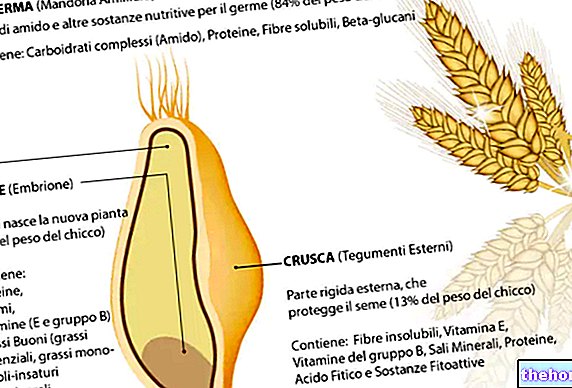
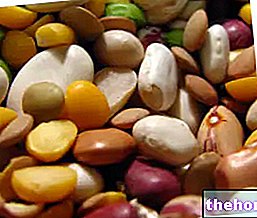
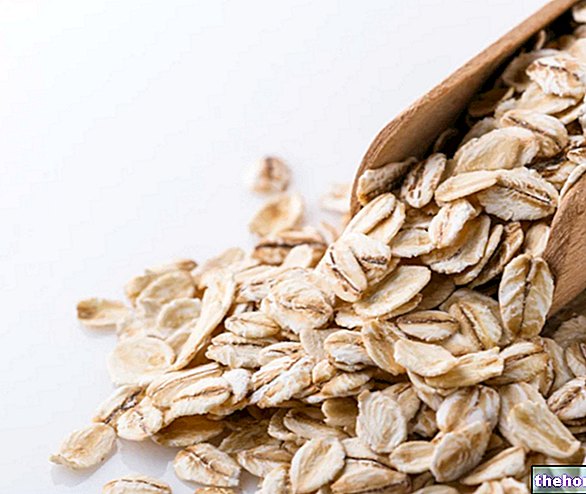
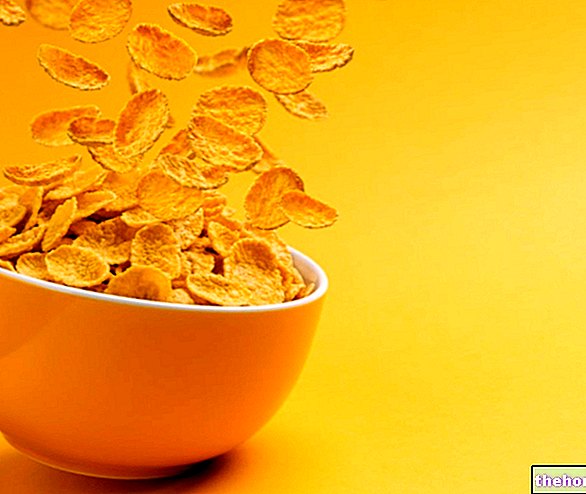
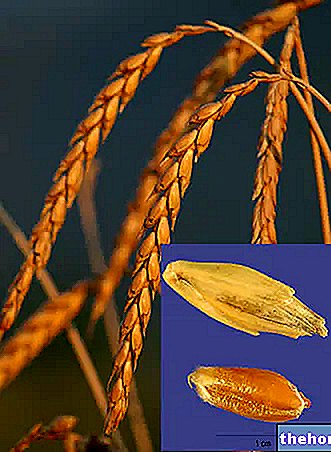










.jpg)











